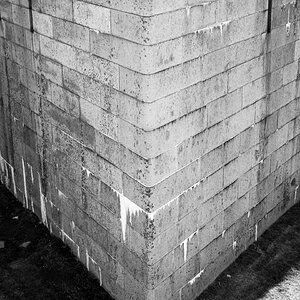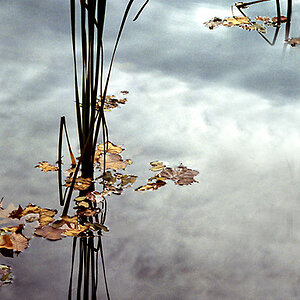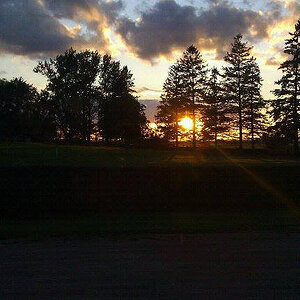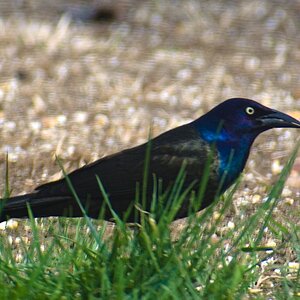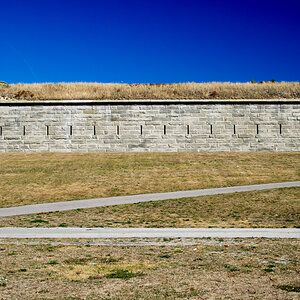JReesePhoto
TPF Noob!
- Joined
- Jul 19, 2010
- Messages
- 7
- Reaction score
- 0
- Location
- San Diego
- Can others edit my Photos
- Photos NOT OK to edit
Hey everyone, this is my first post here.
Im wondering if someone can help me out. There is a look I want to achieve in portraits, where the eyes are in focus and the rest of the face or most of it is out of focus. I want it to be dramatic like in this picture:
http://blog.thebecker.com/images/content/jessica_claire_bridal_4.jpg
Is this done through DOF or is it post process in photoshop? Thanks in advance for any help/insight you can give me
-Jason
Im wondering if someone can help me out. There is a look I want to achieve in portraits, where the eyes are in focus and the rest of the face or most of it is out of focus. I want it to be dramatic like in this picture:
http://blog.thebecker.com/images/content/jessica_claire_bridal_4.jpg
Is this done through DOF or is it post process in photoshop? Thanks in advance for any help/insight you can give me
-Jason
Last edited:


![[No title]](/data/xfmg/thumbnail/42/42062-136a63ad7d0bd740e99ca1fc477f214c.jpg?1619739997)


